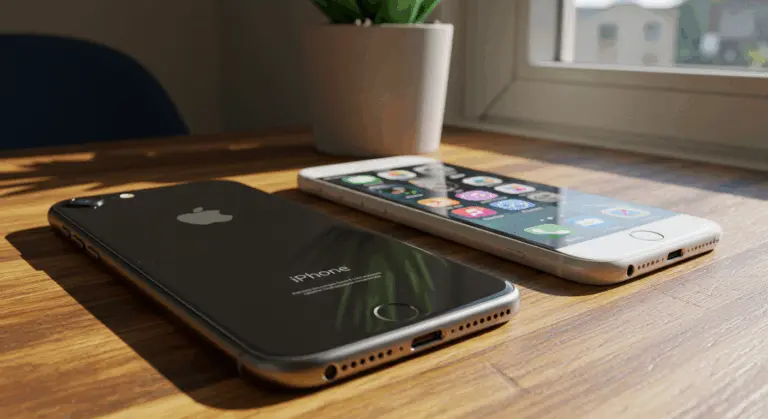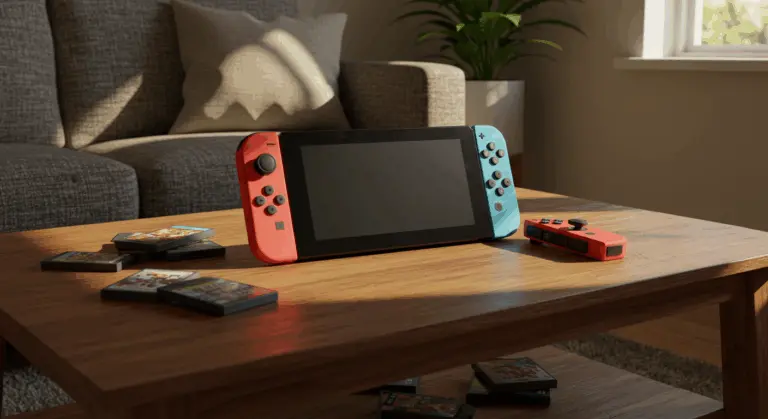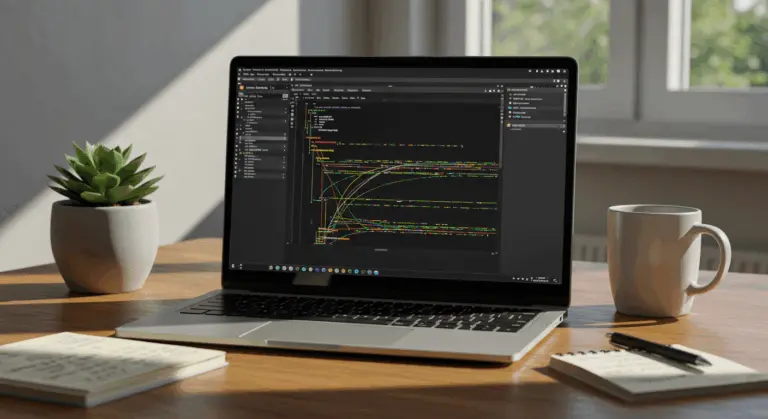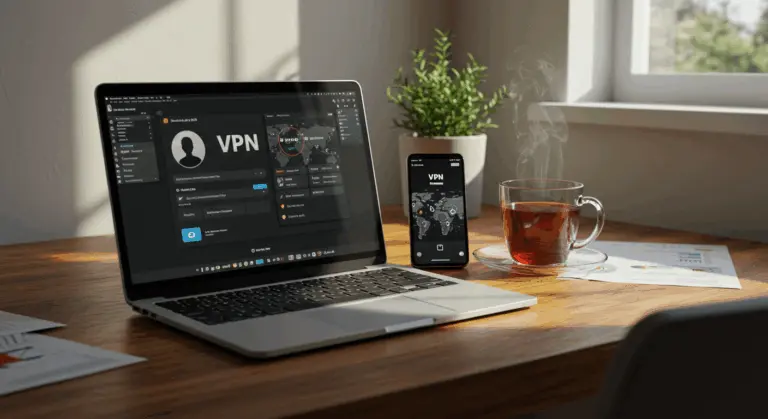Best Time to Buy a New Phone – Ultimate Guide
Apple iPhone Releases – Optimal Buying Times
When the latest features are your priority, September is your best buying window. You’ll gain immediate access to Apple’s latest innovations—enhanced cameras, faster processors, and refined software—while pre-ordering shields you from the inevitable stock shortages that plague new iPhone launches.
Seeking better value on current-generation models? The November-December holiday season pays off for patient buyers. Supply chains have stabilized by then, and Black Friday or Cyber Monday often deliver modest discounts alongside attractive bundled deals.
The biggest savings go to those who purchase previous-generation iPhones immediately after new model announcements. Apple consistently slashes older model prices by at least $100. Retailers? They often go further, offering steeper discounts to clear lingering inventory.
Samsung Galaxy S Launches – Timing Your Purchase
Samsung’s predictable February flagship launches create multiple strategic buying opportunities. This predictable schedule creates several smart buying opportunities across different purchasing scenarios.
Want the absolute best deal on last year’s model? Target January—roughly one month before the new release. During this period, retailers begin clearing inventory in anticipation of the upcoming model, often reducing prices by hundreds of dollars on current Galaxy S devices. You get near-current technology at significantly lower prices.
Set on the latest Galaxy S model? Samsung’s trade-in programs can save you serious money. These programs can reduce the price by up to $550, depending on the model and condition of your trade-in. The most generous offers surface during pre-order periods right after February announcements—perfect timing for early adopters with recent smartphones in hand.
Patient buyers have another option: wait until summer, roughly 4-5 months post-release. By this point, the initial demand has cooled, and Samsung often introduces promotional pricing to maintain sales momentum. These summer discounts aren’t as deep as trade-in offers, but they’re simpler. No device surrender required.
Major Sales Events – Best Times to Buy
Major sales events bring some of the best smartphone deals, potentially slashing hundreds from your final bill.
Amazon Prime Day offers excellent smartphone deals, typically landing in July. During this 48-hour event, Amazon offers exclusive deals for Prime members on a wide range of smartphones, with particularly strong discounts on Android devices and unlocked phones. This mid-year timing works well for consumers unwilling to wait until holiday season for their upgrade.
Back-to-school season (July-August) brings targeted promotions for students and educators—retailers like Best Buy and Apple roll out educational discounts specifically for smartphones. These deals typically include student-specific bundles with accessories or service plans tailored to academic needs.
Don’t overlook January’s post-holiday sales, when retailers desperately clear inventory after December’s shopping frenzy. These events often feature surprisingly deep discounts on premium phones that didn’t sell out during the holiday season, creating excellent opportunities for patient shoppers willing to wait until after the new year.
Black Friday and Cyber Monday – Discounts You Can’t Miss
Black Friday and Cyber Monday are major shopping events—savvy phone buyers should definitely mark these dates. Deals now stretch far beyond traditional single-day events. Many retailers launch “Black Friday” promotions in early November, creating what insiders dub “Black November.”
These sales deliver 30-50% discounts on premium smartphones that rarely budge in price year-round. For instance, last year saw flagship iPhones discounted by up to $300 and Samsung Galaxy devices by up to $500 when paired with activation. Why are these sales so good? The combination of outright discounts with additional incentives. Many retailers throw in substantial gift cards ($100-200) that effectively amplify your savings.
Trade-in promotions are strongest during this time—carriers and manufacturers frequently double their standard values. Verizon, AT&T;, and T-Mobile frequently offer “guaranteed minimum trade-in” deals where even older, damaged phones can fetch $300-400 toward a new device. Service commitments are typically required, but these promotions represent some of the year’s best values.
To maximize your Black Friday/Cyber Monday phone shopping strategy:
• Start monitoring prices 2–3 weeks before Black Friday to establish a baseline value.
• Compare carrier deals against unlocked phone offers from retailers like Best Buy and Amazon.
• Evaluate specialized trade-in services like Gazelle alongside manufacturer and carrier offers.
• Act decisively when you spot a great deal, as the best offers often sell out quickly.
• Check manufacturer websites directly, as companies like Samsung and Google often have exclusive online deals.
The traditional Cyber Monday focus on online shopping has blurred—most retailers now offer identical deals both in-store and online throughout the entire weekend. This extended shopping window gives you more opportunity to compare options and secure the best possible smartphone deal of the year.
Pre-order Deals – Saving Before Launch
Pre-ordering new smartphone models often comes with valuable perks that many consumers completely overlook. During pre-launch windows, manufacturers want strong early sales. They typically sweeten deals with exclusive incentives unavailable after official release dates.
Common pre-order perks include receiving higher-tier storage at base prices—you might get a 256GB phone for the 128GB price, representing $100-200 in instant savings. This storage upgrade alone often exceeds any discounts you might see months later during regular sales events.
Manufacturers frequently bundle valuable accessories at zero additional cost during pre-order periods. These can include wireless earbuds (often worth $150-200), charging stations, cases, or screen protectors that would otherwise add significant costs to your purchase. Samsung routinely includes Galaxy Buds (valued at $149+) with flagship pre-orders. Google has offered substantial Google Store credits with Pixel pre-orders.
Beyond physical goodies, pre-order promotions often include extended free trials for premium services. These might include 3–6 months of music streaming services, cloud storage upgrades, or gaming subscriptions that add considerable value for services you might already be planning to use.
To maximize pre-order benefits:
• Compare offers across different retailers for exclusive bonuses beyond the manufacturer’s standard package.
• Look for enhanced trade-in bonuses, which are often available during the pre-order window.
• Check for credit card partnerships that may offer extra cashback on new tech pre-orders.
• Consider carrier-specific deals for unique bill credits or service discounts.
These deal windows are typically brief—just 1–2 weeks before official launch. Setting up alerts for announcement dates of phones you’re eyeing helps ensure you won’t miss these fleeting opportunities.
Trade-in Programs – Getting Value for Your Old Phone
Trade-in programs are a good way to reduce new smartphone costs by using your old phone’s remaining value.
Trade-ins can save you significant money—flagship phones in good condition often fetch $300-500, sometimes covering half your new device’s cost. Recent iPhone models can earn up to $650 in upgrade credit. Samsung frequently offers enhanced trade-in values exceeding $550 during new Galaxy launches.
To maximize value, timing is crucial. Trade-in values peak during these periods:
• New model launches with boosted manufacturer promotions.
• Black Friday and holiday sales events with heightened competition.
• Special carrier promotions for new subscribers or upgrades.
Device condition dramatically impacts trade-in value. Simple steps—using cases and screen protectors, performing factory resets, including all accessories—can boost your offer by 15-25%. Even phones with minor cosmetic damage can still command decent trade-in values if they function properly.
Always compare offers across multiple platforms before committing. Carrier trade-in values can sometimes exceed those from manufacturers, especially when they’re running special promotions tied to service plans. Dedicated trade-in services like Gazelle or Swap pa sometimes outperform standard retail programs, especially for older or uncommon models.
Timing is important—phones typically lose 30-50% of their trade-in value within the first year after newer models launch. This depreciation curve accelerates for Android devices compared to iPhones, making regular trade-ins every 1–2 years financially advantageous for many users.
Refurbished Phones – A Cost-Effective Alternative
Budget-conscious consumers should consider refurbished phones—an excellent alternative that typically costs 30-50% less while delivering similar functionality.
What many people don’t realize: refurbished doesn’t necessarily mean ‘used with problems.’ Many refurbished phones are simply open-box returns or display models with minimal usage. Reputable sellers categorize these devices by condition (excellent, good, fair) and provide detailed information about any cosmetic imperfections. The key point? Quality refurbished phones include warranties—typically 90 days to 1 year—providing crucial investment protection.
When shopping for refurbished devices, the source is a key factor. Reputable sellers include:
-
Manufacturer-Certified: Programs like Apple Certified Refurbished offer the highest quality control, though often at a higher price.
-
Major Retailers: Options from Best Buy, Amazon Renewed, or Gazelle provide a balance of reliability and savings.
-
Specialized Marketplaces: Platforms like Back Market focus on refurbished tech, featuring transparent grading systems and competitive pricing.
Optimal refurbished purchasing times align with new model releases, when previous-generation devices flood the market, and during major sales events like Black Friday when even refurbished inventory receives discounts. For those willing to use slightly older technology, refurbished flagship phones from 1–2 generations back offer exceptional value, delivering 80-90% of current flagship performance at a fraction of the cost.
Timing Your Purchase – Personal Considerations
While market trends and sales events provide valuable guidance, your personal circumstances often matter more than market timing. Start by honestly evaluating of your current device’s performance and daily relevance. Is your battery dying midday? Has your operating system become sluggish or stopped receiving security updates? Are you constantly battling storage limitations? These functional issues often signal upgrade time regardless of what the market calendar suggests.
Financial circumstances represent another critical factor transcending seasonal sales cycles. Rather than stretching budgets for flagship releases, establish realistic spending limits before browsing options. Many consumers find that mid-range phones now offer features that were flagship exclusives just a year or two ago. Allocated $500 for a new device? Waiting for a $1,000 phone to drop to $800 still exceeds your budget. Sometimes the best buying time is simply when you’ve saved appropriately for your needs.
Consider how your usage patterns align with technological advancements. If you primarily use your phone for calls, texts, and occasional web browsing, you might not benefit significantly from cutting-edge features like advanced camera systems or gaming-optimized processors. Are you a mobile photographer or heavy multitasker? Waiting for specific technological improvements might deliver more value than saving dollars on older models. The optimal purchase timing occurs when the intersection of your needs, budget, and available technology creates maximum value for your specific situation.
Factor your device lifecycle management strategy into timing considerations. Some users buy flagship devices and keep them 3–4 years. Others choose affordable models they replace every 1–2 years. If you fall into the former category, purchasing shortly after a new release ensures you’ll receive software updates for the maximum period. For those who upgrade more frequently, buying during end-of-cycle sales might make more economic sense. In the end? The best buying time occurs when value propositions align with your personal circumstances—not merely when retailers offer their deepest discounts.
Using Price Comparison Tools – Finding the Best Deals
Savvy shoppers should use price comparison tools. Platforms like CamelCamelCamel (for Amazon) and Google Shopping aggregate prices across multiple retailers, helping you identify the most competitive offers without visiting numerous websites.
These tools provide valuable historical context for informed purchasing decisions. By examining price graphs over several months, you can identify genuine pricing patterns and avoid the artificial urgency created by some marketing tactics. You might discover that $100 discount advertised during a random weekend sale actually appears regularly—suggesting you could safely wait for the next drop rather than rushing to purchase. This historical data is particularly valuable when considering high-value purchases like smartphones, where price differences between retailers can sometimes reach hundreds of dollars.
Beyond simple price tracking, many platforms now offer additional features that improve your shopping. Price alerts notify you when specific phone models drop below target prices, eliminating constant monitoring needs. Some tools also evaluate the quality of deals by calculating the percentage discount compared to the average price, helping you prioritize truly exceptional offers. Combined with knowledge about phone release cycles and major sales events, these comparison tools help you time purchases perfectly and get the best value.







